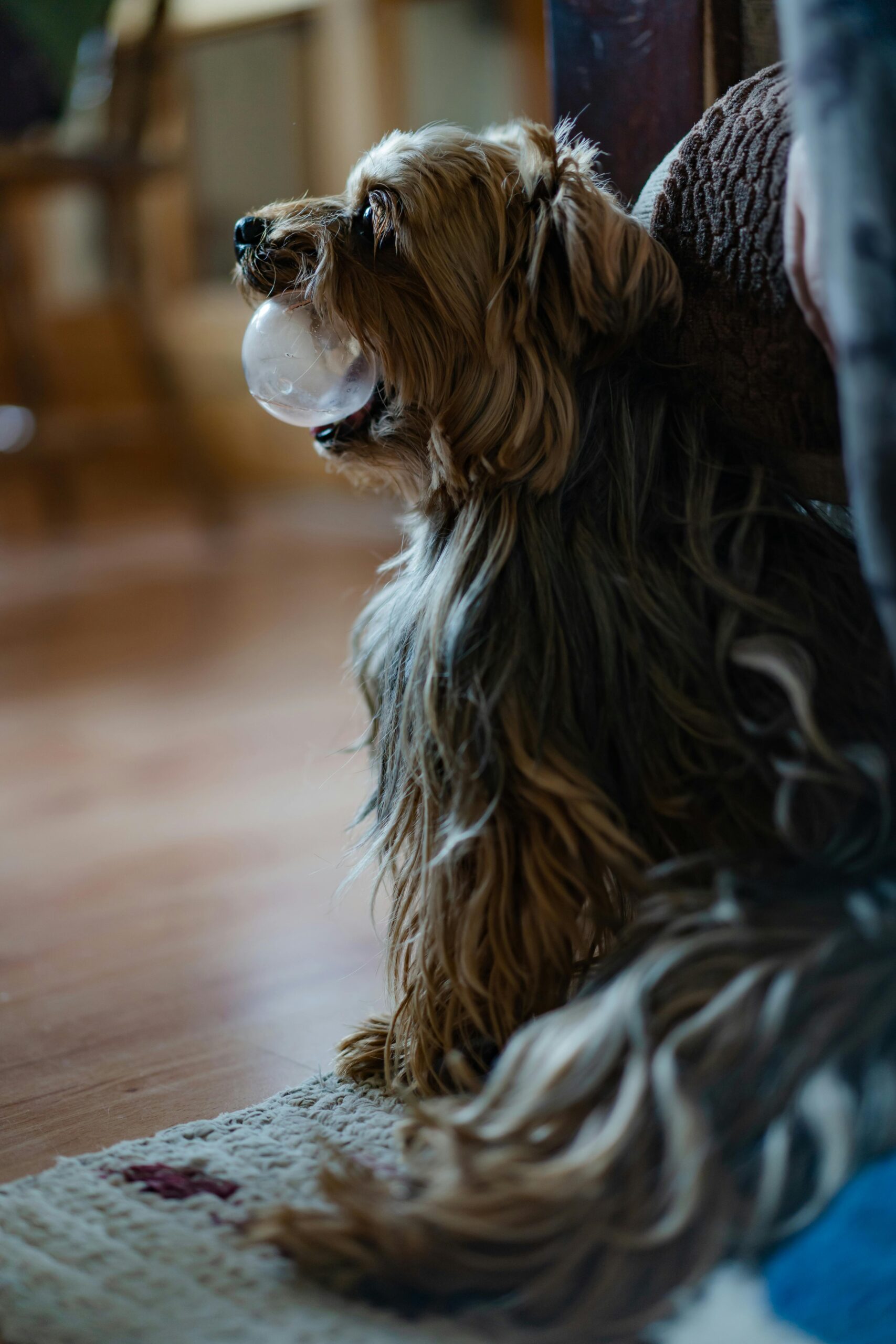Mastering the Bubble Theory Dog Training Method
Training a dog isn’t just about obedience—it’s about communication. In a world where dogs often struggle with overstimulation, the bubble theory dog training method offers a revolutionary, relationship-focused approach. This article explores this powerful training technique, helping you build trust, respect, and lasting behavior change in your dog.

Understanding the Fundamentals
The bubble theory dog training method centers on respecting a dog’s personal space—or “bubble”—to build trust and reduce reactivity. This concept helps dogs feel safe and in control of their environment, especially in high-stress situations. Understanding how dogs perceive space is crucial in modern training.
This training approach evolved in response to traditional methods that overlooked a dog’s emotional comfort zones. By prioritizing spatial boundaries, the bubble theory helps avoid confrontations and creates a calm, learning-focused atmosphere for dogs and handlers alike.
1.1 The Personal Space Bubble
Each dog has a personal space—or bubble—that, when respected, fosters trust and predictability. Breaching this space without consent can cause defensive behaviors like barking, lunging, or retreating. Bubble theory training helps owners become attuned to these invisible boundaries.
For instance, a reactive dog might lash out on a walk when a stranger gets too close. By reinforcing a respectful distance and creating buffer zones, you create safety for the dog and passersby. Misreading this bubble often leads to failed socialization attempts or worsened reactivity.
1.2 Reading Canine Signals
Dogs communicate their comfort levels through body language—tail position, ear orientation, gaze, and posture. Bubble theory emphasizes interpreting these cues in real time to adjust interactions. Unlike command-based training alone, this method relies on mutual awareness and timing.
Recognizing early signs of stress—lip licking, yawning, stiffened posture—lets trainers prevent negative outcomes. Over time, dogs become more tolerant as they learn their boundaries will be respected, reducing fear and aggression dramatically.
Practical Implementation Guide
Now that you understand the foundational concepts, let’s explore how to apply bubble theory in daily training sessions. Results won’t appear overnight, but consistent, respectful practice yields lasting behavioral changes and deepens your bond with your dog.

2.1 Actionable Steps
- Establish the Bubble: Begin in a quiet area. Observe your dog’s reaction to various distances. Identify where discomfort starts.
- Respect and Retreat: If signs of discomfort arise, pause or retreat slightly. Reward calm behavior when the dog regains composure.
- Expand the Bubble Gradually: Use positive reinforcement as you slowly increase your proximity and exposure to stimuli. Track progress in a logbook.
2.2 Overcoming Challenges
Common issues include inconsistent environments, impatience, and unclear boundaries. Dogs with traumatic pasts may take longer to adjust. Stay patient and avoid rushing desensitization. Early warnings such as pinned ears or growling shouldn’t be punished but respected as communication.
Expert tips:
- Keep sessions short but frequent (10–15 minutes).
- Use high-value treats to build positive associations.
- Avoid unpredictable settings in early stages.
Stay observant and adapt your distance dynamically.
Advanced Applications
Once your dog is confident with basic bubble awareness, you can move to advanced techniques that combine bubble theory with structured exercises like agility, impulse control, and off-leash interaction.

3.1 Off-Leash Spatial Awareness
Training a dog to maintain personal boundaries off-leash involves increasing their focus and self-regulation. Case studies show that dogs trained in bubble theory respond more consistently in distraction-heavy settings.
Use exercises such as “move away” cues to teach dogs how to maintain appropriate space with people and other animals. Dogs learn to adjust their own distance rather than relying solely on the handler’s leash control.
3.2 Integrating with Other Methods
Bubble theory complements tools like clicker training, counterconditioning, and structured obedience. When combined thoughtfully, the result is a comprehensive training model addressing both behavior and emotion.
However, not all dogs respond to the same pace. Compatibility with other methods depends on the dog’s temperament and past experiences. Flexibility and responsiveness remain key to long-term success.
Future Outlook
The pet industry is leaning toward more humane, psychological-based training methods. Bubble theory aligns perfectly with this trend, offering an emotionally intelligent model that fosters empathy and communication.
Experts predict the next 3–5 years will see more trainers adopting spatial respect techniques. New tools, such as AI-driven behavior tracking and virtual training assistants, will further support bubble-based training approaches.
Conclusion
Three main takeaways:
- Respecting your dog’s space builds trust and reduces reactivity.
- Reading canine signals is critical to success.
- Gradual exposure and consistent practice bring long-term results.
Bubble theory dog training redefines what it means to work with your dog—not against them. It’s about partnership, understanding, and safety.
Start today by observing your dog’s personal bubble during your next walk. Notice the shift in your connection. Your journey to better communication begins now.
Frequently Asked Questions
- Q: What is the bubble theory in dog training? It’s a method that focuses on respecting a dog’s personal space to reduce reactivity and build trust. Dogs have an invisible “bubble” that, when respected, fosters calm behavior.
- Q: How do I start training using this method? Begin by identifying your dog’s comfort zone, maintain respectful distances, and reward calm behavior when within their space bubble.
- Q: How long does bubble training take? Most dogs show progress within a few weeks, but reactive dogs or rescues may take months. Consistency and patience are key.
- Q: Is bubble theory training expensive? Not necessarily. Many techniques can be applied at home. Professional sessions may cost $75–$150/hour, depending on your location.
- Q: How does this compare to traditional obedience training? Bubble theory focuses on emotional comfort and space awareness, while obedience training emphasizes commands. They complement each other.
- Q: Is this method hard to learn? No special skills are required, but observing and interpreting dog behavior takes practice. Many owners find it intuitive once they start.
- Q: Can this method be used in dog sports or working dogs? Absolutely. Working dogs especially benefit from clear spatial cues and stress management offered by bubble theory.
